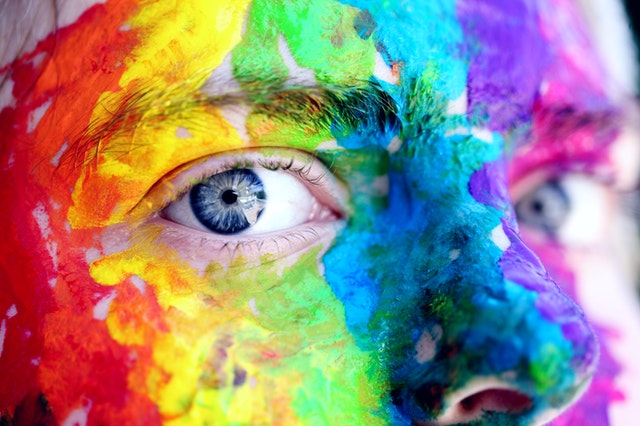Everyone comes into this world as male or female. We are even named based on our genders. It is the identity with which we grow up. As we grow up, from the attires we wear, choice of color, the toys we choose to play with, to the restroom we use, everything has a gender tag.
Gender is the sense of self. It defines what we are in the world we live in. However, what if you start to feel uncomfortable with your gender? That you don’t feel the same way as the world sees you? What is it that you are feeling? Well, It is Gender Dysphoria.
What is Gender Dysphoria?
Your gender is decided at birth based on your physical appearance. But, it might not be the way you feel inside. Who you are inside might be different from your assigned gender. When how you see yourself is not how the world sees you takes a toll on you, there comes dysphoria — A state of distress or stress. Gender conflict affects people in the most intense ways. It could lead to anxiety and depression.
How to find if a person is battling with the condition?
- Psychiatrists diagnose a person with gender dysphoria if the person has the following behavior:
- Disagreement with one’s assigned gender. The signs of discomfort with one’s assigned gender. They become non-conformists of their gender.
- Trying to get rid of their assigned gender identity and its sexual traits.
- Having a desire towards inheriting the characteristics of the opposite gender.
- Wanting to wear attires that belong to the opposite gender.
- Wanting to be treated as the other gender.
- Having typical feelings and characteristic traits of the other gender.
Most of these feelings start to hit children from a very young age.
Did you know?
Gender dysphoria is one of the reasons for 50% of suicides.
How can we help?
- Counseling: Some kids wouldn’t open up on how they feel about their gender but, most kids try to express themselves. Taking them to a psychiatrist could help them figure out what they are going through and what they can do about it. Counseling helps them to get rid of the dysphoria and show them ways to cope with it.
- Cross-sex hormone therapy: This therapy helps people to transition from their current gender to their desired gender.
- Gender reassignment surgery: Persons with gender dysphoria would often want to go through a gender reassignment surgery. It helps them to physically transform to look like the other gender. 30% of people with gender dysphoria opt for this surgery.
Gender Dysphoria is not just another mental health problem. It needs the attention and care of multidisciplinary doctors such as psychiatrists, pediatrics, endocrinologists, etc. Listen to your kids and get them help. Besides, nowadays, it is easy to find help. With the aid of websites like ThreeBestRated®, Yelp, Yellow pages, etc., you can have access to medical professionals with ease.
As a society, we still haven’t learned to support persons with gender dysphoria. According to a survey, around 1.4 million in the US alone identify themselves as a different gender. Yet they say, the numbers are underrepresented due to social stigma. Let us listen to our kids, gender is not something we decide. Let them decide who they want to be. Let us be supportive.


